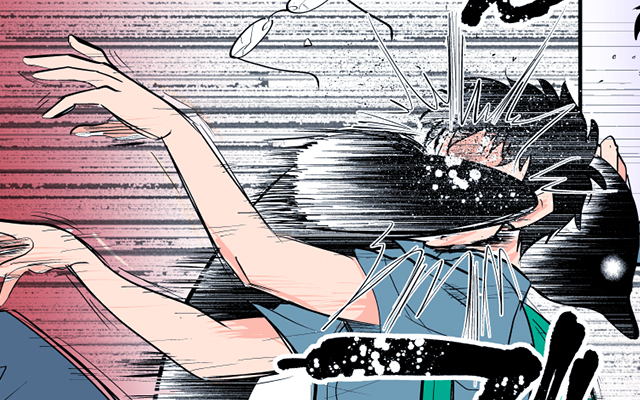
Source: © Tatami Kanzaki (@_nozui_)
When Train Cultures Collide: Tatami Kanzaki’s One-Frame Manga Depicts A Traveler’s Woes
- Source:
- © Tatami Kanzaki (@_nozui_)
- Tags:
- ICOCA / Kansai / Kanto / lariat / Manga / Mononoke Soul Food / Osaka / Suica / Tatami Kanzaki / Tokyo / turnstile
Related Article
-
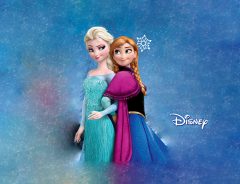
Disney Learns The Hard Way With Its Frozen 2 Promotions That Stealth Marketing Isn’t Cool in Japan
-

Train like the King of Pirates at Shibuya’s new One Piece gym
-
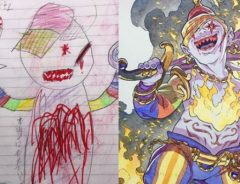
[Update] Professional Anime Artist Turns His Sons’ Sketches Into Amazing Anime Characters
-
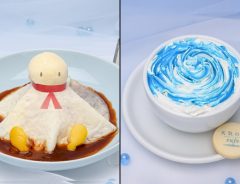
Fans Will Be On Cloud Nine at This Wonderful “Weathering with You” Cafe
-
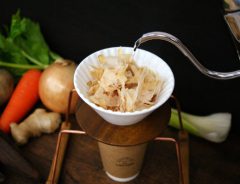
New Umami-Themed Pour-Over Style Dashi Bar Gives Rich And Relaxing Alternative To Coffee
-
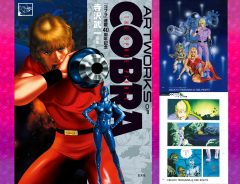
“Artworks of Cobra” Book Celebrates 40 Years of “Cobra The Space Pirate”


Osaka vs. Tokyo: Differences in Culture and Etiquette
The cultural differences between Kanto (the region centered around Tokyo), and Kansai (the region where you'll find Osaka, Kyoto and Kobe) span the gamut from communication styles, fashion, attitudes towards money, humor, food and much more.
Even infrastructure and transportation networks have regional particularities.
There are a few famous examples: Almost all taxis in Kansai are black, whereas they are all kinds of colors in Kanto. When you take an escalator in Kansai, you stand on the right and walk on the left, but it's the opposite in Kanto.
However, one difference between Osaka and Tokyo which is not as widely known has to do with the way passengers are handled when they use prepaid transportation cards.
Turnstile Lariat
On April 29th, taking advantage of a hashtag trend encouraging artists to share their most buzzed works of the Heisei Era, manga artist Tatami Kanzaki chose a one-frame manga which garnered over 378,000 likes and 286,000 retweets when he originally posted it in 2017. Kanzaki, who won the Incentive Award in Morning's 3rd "THE GATE" prize for his food and music genre hybrid manga Mononoke Soul Food 『モノノケソウルフード』 (serialized from September 2018 to January 2019 in Gekkan Morning two), depicted an Osakan who literally runs into a problem when he visits Tokyo:
"An Osakan visiting Tokyo who gets socked with a lariat from the Suica penguin when he tries to pass through [the turnstile] like he's always in the habit of doing [in Osaka]"
Let's break it down:
Reproduced with permission from © Tatami Kanzaki (@_nozui_)
Top Right in Bold: Osaka | Inset below: "Oh no, the train's coming" | Noise: Beep Beep | Turnstile Display: "Balance: 4 Yen" | ICOCA's platypus mascot, Ico: "Charge it later, OK? Can't help it, I guess..." | Man: "Sorry 'bout that!"
Reproduced with permission from © Tatami Kanzaki (@_nozui_)
Top Left in Bold: Tokyo | Inset: "If I dash through the turnstile, I might just make it" | Sound effects: Umph! (man), Wham! (impact) | Suica's penguin mascot: "If you are incapable of even paying minimum fare, you will not pass through our turnstiles"
In other words, in Osaka, you're allowed to pass through the turnstile when you enter the station, as long as you have at least 1 yen on your ICOCA prepaid card, but if you have less than the minimum fare to the closest station, you'll need to top up your card before exiting. In Tokyo, the turnstile will not open unless you have at least enough money on your Suica prepaid card to cover the minimum fare to the closest station.
The difference between the two systems and the way they are portrayed in Kanzaki's manga are reflective of the cultural difference between Kansai and Kanto, the stereotype being that Kansai people are openhearted and easy-going, whereas Kanto people are more polite, formal and maintain a greater distance to each other. Likewise, Ico the platypus lets you enter the station and sends you off with a hankie, whereas Suica the penguin slams (the turnstile gate) in your path and has no sympathy if you're unaware of the local rules.
Mononoke Soul Food
If you'd like to read Tatami Kanzaki's professional debut work, you can read a sample and find out where you can buy it here.
You can also keep up to date with his latest news if you follow him on Twitter (Mononoke Soul Food account here) or visit his page on Pixiv.